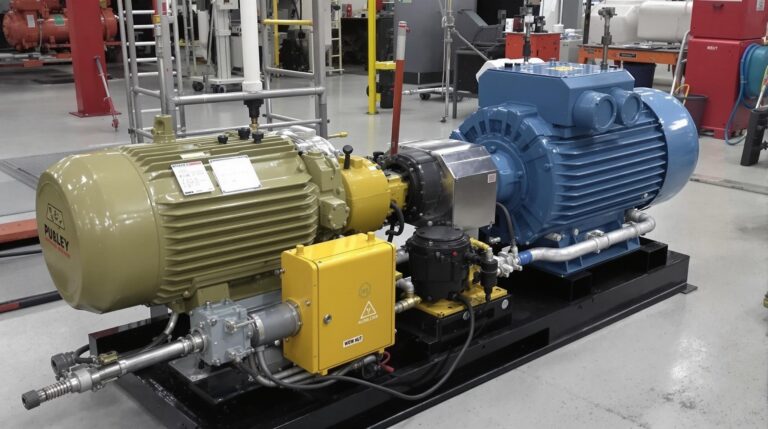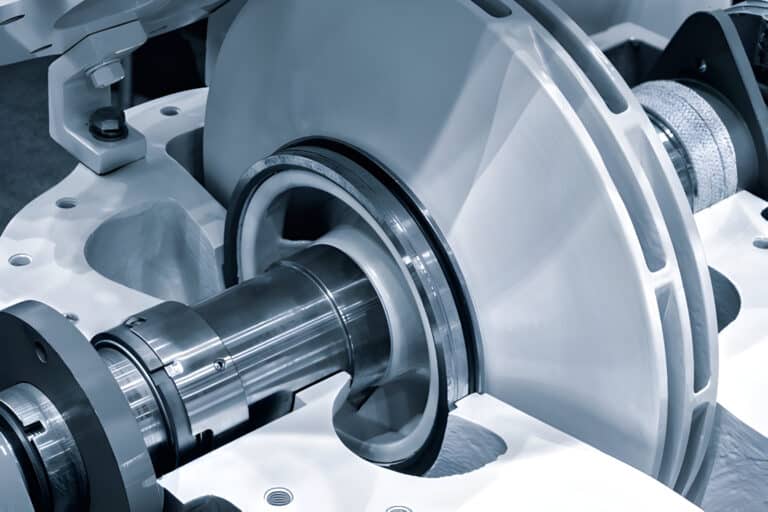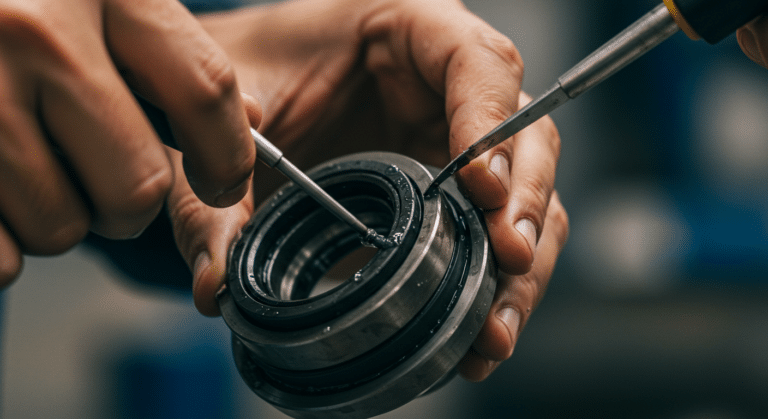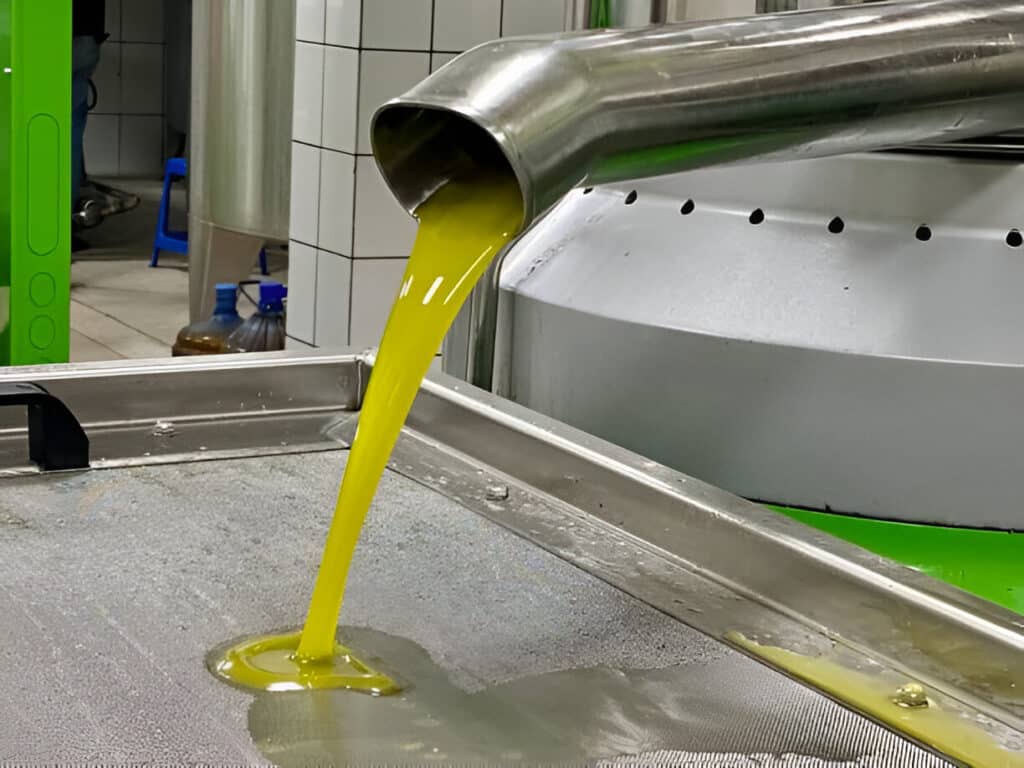
Have you ever wondered about the different types of fluids?
Fluids are substances that can flow and deform under pressure. They come in two main categories: Newtonian and non-Newtonian.
Newtonian fluids have a constant viscosity, while non-Newtonian fluids change their viscosity under stress.
What is Newtonian Fluid
A Newtonian fluid is a type of fluid that exhibits a linear relationship between shear stress and shear rate. This relationship remains constant regardless of the applied force.
Newtonian fluids follow Newton’s law of viscosity, which states that the shear stress is directly proportional to the rate of shear strain. This behavior is characterized by a constant viscosity coefficient.
Key Characteristics of Newtonian Fluid
Constant Viscosity
The viscosity of a Newtonian fluid remains constant under varying shear rates. This property distinguishes Newtonian fluids from their non-Newtonian counterparts.
Regardless of the force applied, the fluid’s resistance to flow remains unchanged. This characteristic makes Newtonian fluids predictable and easier to model mathematically.
Linear Relationship
Newtonian fluids exhibit a linear relationship between shear stress and shear rate. This relationship is represented by a straight line on a graph plotting shear stress against shear rate.
The slope of this line represents the fluid’s viscosity. For Newtonian fluids, this slope remains constant across a wide range of shear rates.
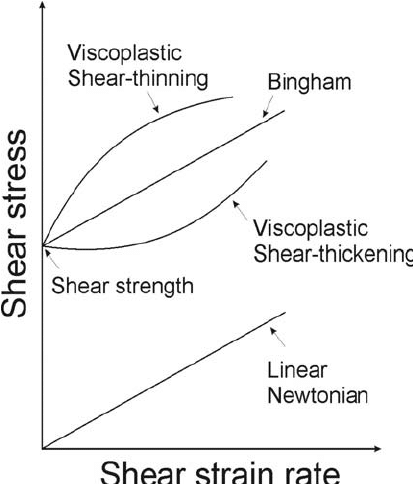
Examples of Newtonian Fluid
- Water: Water is the most common example of a Newtonian fluid. Its viscosity remains constant under normal conditions, making it ideal for various applications in fluid mechanics.
- Air: Air, like most gases, behaves as a Newtonian fluid under normal conditions. Its viscosity is independent of shear rate, allowing for consistent flow characteristics in atmospheric processes and aerodynamic applications.
- Honey: Despite its high viscosity, honey exhibits Newtonian behavior. Its flow properties remain consistent regardless of the applied force, making it a unique example of a viscous Newtonian fluid.
What are Non-Newtonian Fluids
Non-Newtonian fluids are complex fluids that do not follow Newton’s law of viscosity. Their viscosity changes with the applied shear rate or stress.
Unlike Newtonian fluids, which maintain a constant viscosity, non-Newtonian fluids exhibit variable viscosity under different flow conditions. This behavior results from their complex molecular structures or suspended particles.
Types of Non-Newtonian Fluids
Time-Independent Fluids
These fluids show immediate changes in viscosity with shear rate, regardless of the duration of shear application.
- Shear Thinning (Pseudoplastic) Fluids: Shear thinning fluids experience a decrease in viscosity as shear rate increases. Common examples include ketchup, paint, and blood.
- Shear Thickening (Dilatant) Fluids: Shear thickening fluids exhibit an increase in viscosity with increasing shear rate. Cornstarch-water mixtures and some polymer solutions display this behavior.
- Yield Stress Fluids: These fluids require a minimum stress (yield stress) to initiate flow. Toothpaste and cement slurries are examples of yield stress fluids.
Time-Dependent Fluids
The viscosity of these fluids changes with both shear rate and duration of shear application.
- Thixotropic Fluids:
Thixotropic fluids show a decrease in viscosity over time when subjected to constant shear. Many gels and suspensions exhibit thixotropic behavior. - Rheopectic Fluids: Rheopectic fluids experience an increase in viscosity over time under constant shear. This behavior is less common but can be observed in some lubricants.
Viscoelastic Fluids
Viscoelastic fluids exhibit both viscous and elastic properties. They show partial elastic recovery upon removal of stress.
Polymer solutions and some biological fluids like synovial fluid display viscoelastic behavior.
Examples of Non-Newtonian Fluids
- Biological Fluids: Blood is a prime example of a non-Newtonian fluid in the human body. Its viscosity decreases with increasing shear rate, facilitating flow through blood vessels.
- Polymers and Polymer Solutions: Many polymer solutions exhibit non-Newtonian behavior. Their complex molecular structures lead to shear-dependent viscosities.
- Suspensions: Particle suspensions often display non-Newtonian characteristics. The interaction between particles and the suspending medium results in complex flow behaviors.
- Food Products: Various food items, such as mayonnaise, yogurt, and honey, exhibit non-Newtonian properties.
- Industrial Fluids: Drilling muds, lubricants, and paints are examples of non-Newtonian fluids widely used in industrial applications.
Key Differences Between Newtonian and Non-Newtonian Fluids
Viscosity Response to Applied Stress
Newtonian fluids maintain constant viscosity regardless of applied stress. Non-Newtonian fluids exhibit variable viscosity depending on shear rate.
Flow Behavior and Patterns
Newtonian fluids demonstrate a linear relationship between shear stress and shear rate. Non-Newtonian fluids show non-linear behavior.
Some non-Newtonian fluids display shear-thinning or shear-thickening properties. This affects their flow characteristics under different conditions.
Challenges in Handling Non-Newtonian Fluids
Processing non-Newtonian fluids requires specialized equipment and techniques. Their variable viscosity complicates flow predictions and pump efficiency.
Fundamentals of Fluid Mechanics
Shear Stress
Shear stress is a force applied parallel to the surface of a material. In fluid mechanics, it occurs when adjacent layers of fluid move at different velocities. This creates a friction-like effect between the layers.
The magnitude of shear stress depends on the fluid’s properties and the velocity gradient. It plays a crucial role in determining fluid behavior, especially in non-### Newtonian fluids.
Shear Rate
Shear rate measures how quickly adjacent layers of fluid move past each other. It represents the rate of change of velocity perpendicular to the direction of shear.
In pipe flow, shear rate varies across the pipe diameter. It’s highest near the pipe walls and lowest at the center. This variation affects the fluid’s flow characteristics.
Viscosity
Viscosity quantifies a fluid’s resistance to flow. It describes the internal friction of a moving fluid. Higher viscosity fluids, like honey, flow more slowly than lower viscosity fluids, like water.
Viscosity can be categorized as dynamic or kinematic. Dynamic viscosity relates shear stress to shear rate. Kinematic viscosity is the ratio of dynamic viscosity to fluid density.
In Conclusion
Newtonian and non-Newtonian fluids differ in their behavior under stress. Understanding these properties is crucial in various industries and everyday life.
Explore further to discover how these fluids impact your surroundings. Share your newfound knowledge with others to spark curiosity about fluid dynamics.

